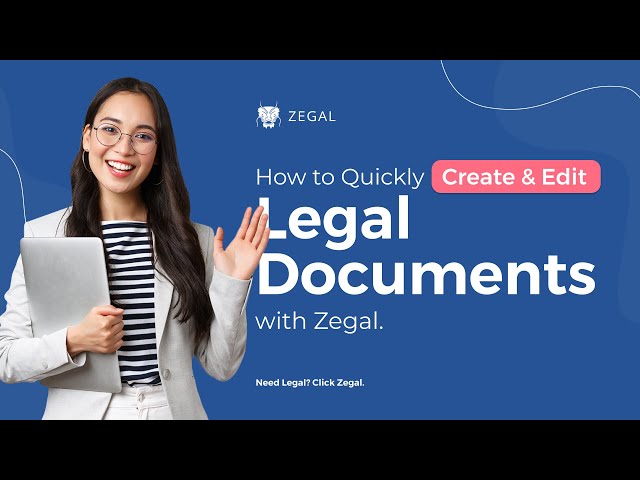How to generate a Copyright License Agreement (Artistic Work)
Copyright License Agreement (Artistic Work)
A Copyright License Agreement (Artistic Work) enables a party to legally utilise the intellectual property of a copyright holder, facilitating a pathway for the copyright owner to earn revenue from such use.
This type of agreement is particularly relevant for creative outputs including, but not limited to, photographs, books, music, or any artistic creations.
When to use a copyright contract for artists
Crafting a well-structured copyright license agreement is critical in safeguarding both entities involved. It allows the licensor to grant an exclusive or non-exclusive license for using their intellectual property, thereby ensuring the licensee can leverage the copyrighted material under full legal protection.
To enhance the framework of copyright management within your organisation, establishing a Policy on Use of Copyrighted Material is essential. This policy serves as a guideline to prevent the unauthorised use of copyrighted materials, thus mitigating legal risks associated with copyright infringement.
Moreover, for literary creators looking to transfer their copyright ownership, exploring a Copyright Assignment (Literary Works) provides a formal avenue for such transfers, ensuring clarity and protection for both parties.
Photographers aiming to assign their rights can utilise a Copyright Assignment (Photographs) agreement. This document explicitly outlines the terms under which copyright of photographs is assigned, offering a solid legal foundation for the transfer of rights.
Integrating these legal tools into your intellectual property strategy can significantly bolster the protection and management of creative assets within your business ecosystem.
What should a copyright license agreement for artwork indlude?
A Copyright License Agreement for Artistic Work is a legal contract that allows the licensee to use the copyright holder’s artistic work(s) under specific terms and conditions.
In contrast, the copyright owner retains ownership of the original work. Such agreements are crucial for protecting the rights of both the creator and the user of the copyrighted material. Here’s what typically goes into one:
- Parties Involved: Identification of the copyright owner (licensor) and the entity or individual obtaining the license to use the copyrighted material (licensee).
- Description of the Work: A detailed description of the artistic work being licensed, including photographs, illustrations, designs, or any other type of creative work.
- Scope of the License: Specifies whether the license is exclusive or non-exclusive. An exclusive license means only the licensee can use the work in the manner described in the agreement. In contrast, a non-exclusive license allows the copyright owner to grant the same rights to other entities.
- Rights Granted: This section details the rights being licensed to the licensee, such as the right to reproduce, distribute, display, or make derivative works based on the original. It may specify the purposes for which the work can be used, such as for commercial or educational purposes.
- Restrictions: Outlines any restrictions on the use of the copyrighted work, including limitations on modification, geographical restrictions, or prohibitions on sublicensing.
- Term of Agreement: The duration of the license, including the start date and expiration date. It may also include terms for renewal.
- Financial Terms: Details regarding payment, including the amount, payment schedule, royalties, and any other financial compensation agreed upon for the use of the copyrighted work.
- Warranties and Representations: Statements by both parties about the ownership of the work and the authority to agree. The licensor typically warrants that they own the work and that the work does not infringe on the rights of third parties.
- Indemnification: Indemnification provisions protect each party from legal action resulting from breaches of warranties or misrepresentations.
- Termination: Conditions under which the agreement can be terminated by either party, including breach of contract and the consequences of termination.
- Governing Law and Dispute Resolution: This section specifies the governing law and the method for resolving disputes, whether through arbitration, mediation, or court proceedings.
- Miscellaneous: Other terms and conditions pertinent to the agreement, such as confidentiality clauses, assignment clauses, and any other legal provisions deemed necessary.
This agreement not only secures the rights of the copyright owner but also provides the licensee with the legal permission needed to use the work within the bounds of the agreement, ensuring clarity and mutual benefit for both parties.
How do I copyright my original artistic work?
To get a copyright on original artistic work, an author of the artwork their agent can file an application for copyright. It can be submitted manually at an office or through e-filing.
New applicants will have to register first with the required documents. Upon completion, the applicant will receive a diary number. Applicants who are already registered can simply log in with a valid ID.
What is not protected under copyright for artistic work?
Embodying a creation of nature is not protected under copyright for artistic work. Rather, the originality of the artwork would be judged based on how the creation of nature has been depicted.
Art licensing agreement template
In summary, a Copyright License Agreement is a way to allow another party to use your intellectual property. Chiefly, it’s a document to protect yourself. Whether you are the licensor or licensee, use this template from Zegal to protect your work.
Stay compliant with the Zegal template library
Zegal legal template are meticulously crafted with the precision of AI and the expertise of seasoned human lawyers, providing a unique blend of speed and reliability.
You can trust that Zegal agreements are legally sound and fully compliant with current regulations.
Whether you're a startup, SME, or a larger enterprise, Zegal contract management will automate and speed up your legal processes.
Using Zegal will reduce risk, save money, and improve efficiency. Let us take care of the paperwork so you can focus on running your business.
Don’t compromise on speed or compliance. Stay secure, compliant, and efficient with Zegal.







